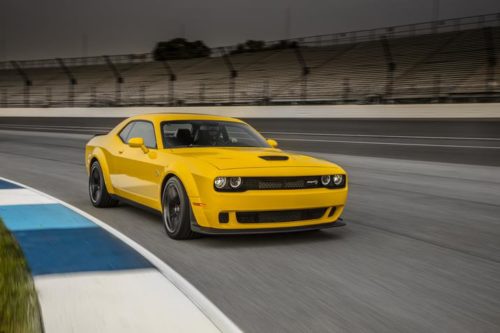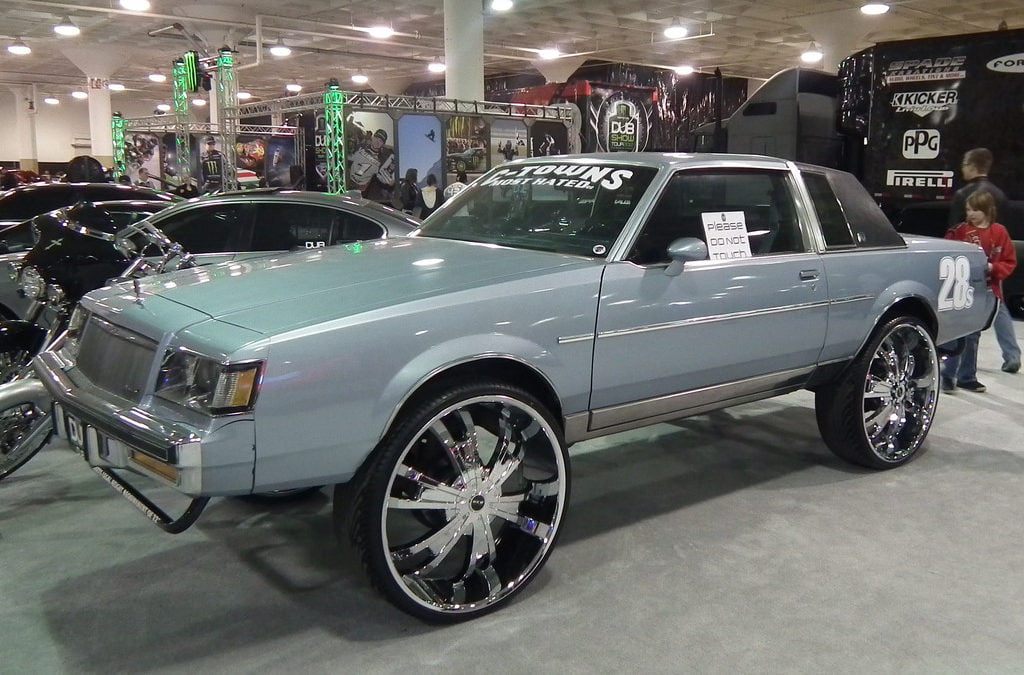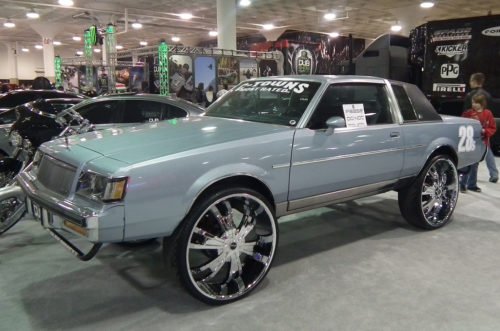Pros and Cons of bigger wheels.
There are definitely some pros and some cons to putting larger wheels on your vehicle. On a car, for instance, base models will likely come standard with a smaller wheel size such as 16″ rims. When ordering the car from new, the manufacturer will have options to upgrade the rims. Most manufacturers don’t recommend going over 1-2 ” more than the original wheel size (for cars). Check your owners manual for your specific vehicle to be sure. This is due to the space available under the arches. Whilst the bigger rims will look much nicer filling the arches, there still has to be room for the suspension to work. Going over bumps, a ‘washboardy’ dirt road or potholes causes your suspension to move up and down, absorbing the impact. If your wheels are way too big they might hit the inside of your wheel arch.
Weight
This is also true for turning, there is only so much space in that wheel arch, and when you turn on full lock with rims that are too big, they’ll rub. Another factor to consider when larger rims, is that they will be heavier, therefore putting more strain on other components. This is assuming you go from an alloy wheel to bigger alloy wheel. Going from a steel wheel to an alloy wheel will reduce the weight. There are ways around this though. like fitting lightweight (forged or magnesium) rims and adding stiffer suspension, however, this may affect your warranty so check with your dealer first.
Changing wheel size means changing tire size
When you add larger rims, you will need different sized tires. The tire will need to be shorter in height (aspect ratio) to compensate for space, and to keep the overall diameter the same. To figure out which tire size you’d need for 1″ bigger rims, check out this tire size calculator. Your local dealership parts dept will also be able to tell you. Not having the correct diameter (overall rolling radius) will cause the speedometer to show incorrect readings. Something to also consider is that bigger tires are usually more expensive.
Handling

Challenger Hellcat Widebody comes with bigger lightweight wheels (20×11) vs the standard 18’s that come on a Challenger SXT. Photo: FCA
Assuming you’ve gone 1 or 2″ bigger than the original size, you’re tires are now going to be lower profile tires. This will increase handling performance for spirited driving and cornering. This means that you will most likely experience a bumpier ride. It also means that there is less ‘give’ in the tire. For sportier driving, you won’t get much play in the tire after max grip before it begins to lose complete traction (and you’ll be on a snappy merry go round ride). If your wheel and tire package ends up being heavier, this will affect acceleration and fuel economy. Acceleration will be less and so will fuel economy. Steering may also become heavier.
What about wider wheels?
Again, you’ll have to check your owners manual for your specific vehicle or your contact your dealership to find out if you can add wider wheels. Wider wheels mean wider tires which mean extra grip. However, again this could be a case of extra weight (unless you get lightweight rims) and extra strain on your vehicle. Go too wide and wheel bearings will not be happy!
Summary checklist if you’re upsizing rims
- Stay within the manufacturer recommended size increase (1-2″) so if you have 16″ rims, don’t go bigger than 18″.
- Make sure there’s enough clearance in the wheel arches to turn full lock (both ways) and go over bumps.
- If you go wider and they are protruding out the side of the arches, they are probably too big.
- Check tire prices on your new tire size.
- Go lightweight (if you can).
What about pickup trucks and Jeeps?
It’s a little different for pickup trucks and Jeep Wrangler’s because typically you’re not trying to fill the arches for looks (although I’m sure people do it). Generally these types of vehicles want to improve ground clearance for off-roading and extra grip in the mud/snow. Maybe even extra super-duper grip for rock crawling. This is usually achieved by bigger chunkier tires and maybe a lift kit, not necessarily just the rim size. For more information on outfitting a Jeep with bigger rims and tires, check here or contact Justin Sandback at Fremont Motors Jeep in Casper, Wyoming. Just specializing in building custom Jeeps.



Recent Comments